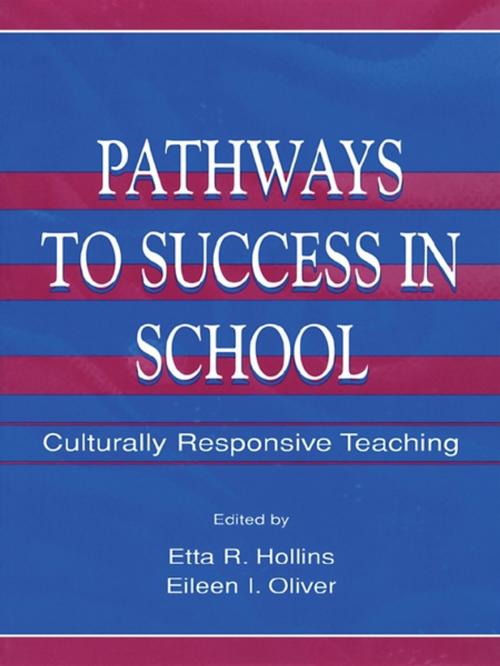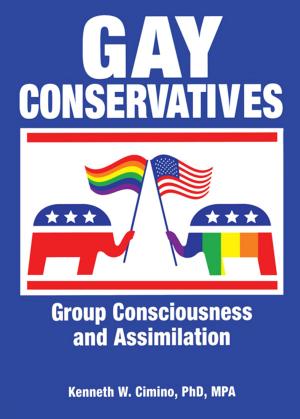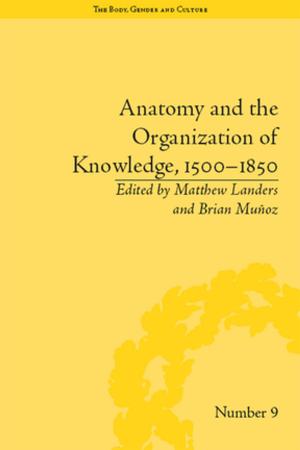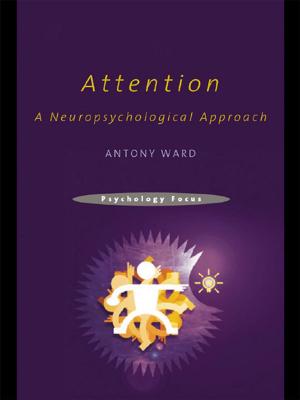Pathways To Success in School
Culturally Responsive Teaching
Nonfiction, Reference & Language, Education & Teaching, Educational Theory, Multicultural Education| Author: | ISBN: | 9781135681678 | |
| Publisher: | Taylor and Francis | Publication: | March 1, 1999 |
| Imprint: | Routledge | Language: | English |
| Author: | |
| ISBN: | 9781135681678 |
| Publisher: | Taylor and Francis |
| Publication: | March 1, 1999 |
| Imprint: | Routledge |
| Language: | English |
This text is designed to help preservice and in-service teachers identify pathways to productive teaching and learning for students from culturally and experientially diverse backgrounds.
To better serve an increasingly diverse population, teachers need to be competent in selecting and developing culturally responsive curricula and instructional approaches that better facilitate learning for all students. They must be able to attend to diversity within and across cultural groups, and validate students' cultural knowledge acquired outside the classroom. To provide equitable access to learning, they must be able to strategically select or develop instructional approaches that build upon their students' learning propensities, cognitive schemata, experiential backgrounds, and perceptions.
The chapter authors in this text present ways of understanding ones' own thinking (metacognition), and ways of thinking about teaching and learning situations and constructing productive strategies. The reader is engaged in:
*Learning about the context in which he or she will practice,
*Understanding key aspects of student's cultural and experiential background and learning preferences,
*Exploring ways to bring these factors together in framing and selecting meaningful curriculum content and learning experiences.
The volume is organized into three interrelated sections: Part I presents two approaches to becoming a competent practitioner; Part II offers approaches to developing and using culturally relevant pedagogy; Part III addresses curriculum content and design. Helpful pedagogical features are included to facilitate its use as a textbook: Each of the three main parts begins with an overview that provides an introduction and summary of the main ideas addressed and the relationship among ideas presented by different authors; each chapter opens with focus questions and concludes with suggested learning experiences; chapter-end references may be used to expand the reader's knowledge in specific areas.
This text is designed to help preservice and in-service teachers identify pathways to productive teaching and learning for students from culturally and experientially diverse backgrounds.
To better serve an increasingly diverse population, teachers need to be competent in selecting and developing culturally responsive curricula and instructional approaches that better facilitate learning for all students. They must be able to attend to diversity within and across cultural groups, and validate students' cultural knowledge acquired outside the classroom. To provide equitable access to learning, they must be able to strategically select or develop instructional approaches that build upon their students' learning propensities, cognitive schemata, experiential backgrounds, and perceptions.
The chapter authors in this text present ways of understanding ones' own thinking (metacognition), and ways of thinking about teaching and learning situations and constructing productive strategies. The reader is engaged in:
*Learning about the context in which he or she will practice,
*Understanding key aspects of student's cultural and experiential background and learning preferences,
*Exploring ways to bring these factors together in framing and selecting meaningful curriculum content and learning experiences.
The volume is organized into three interrelated sections: Part I presents two approaches to becoming a competent practitioner; Part II offers approaches to developing and using culturally relevant pedagogy; Part III addresses curriculum content and design. Helpful pedagogical features are included to facilitate its use as a textbook: Each of the three main parts begins with an overview that provides an introduction and summary of the main ideas addressed and the relationship among ideas presented by different authors; each chapter opens with focus questions and concludes with suggested learning experiences; chapter-end references may be used to expand the reader's knowledge in specific areas.















